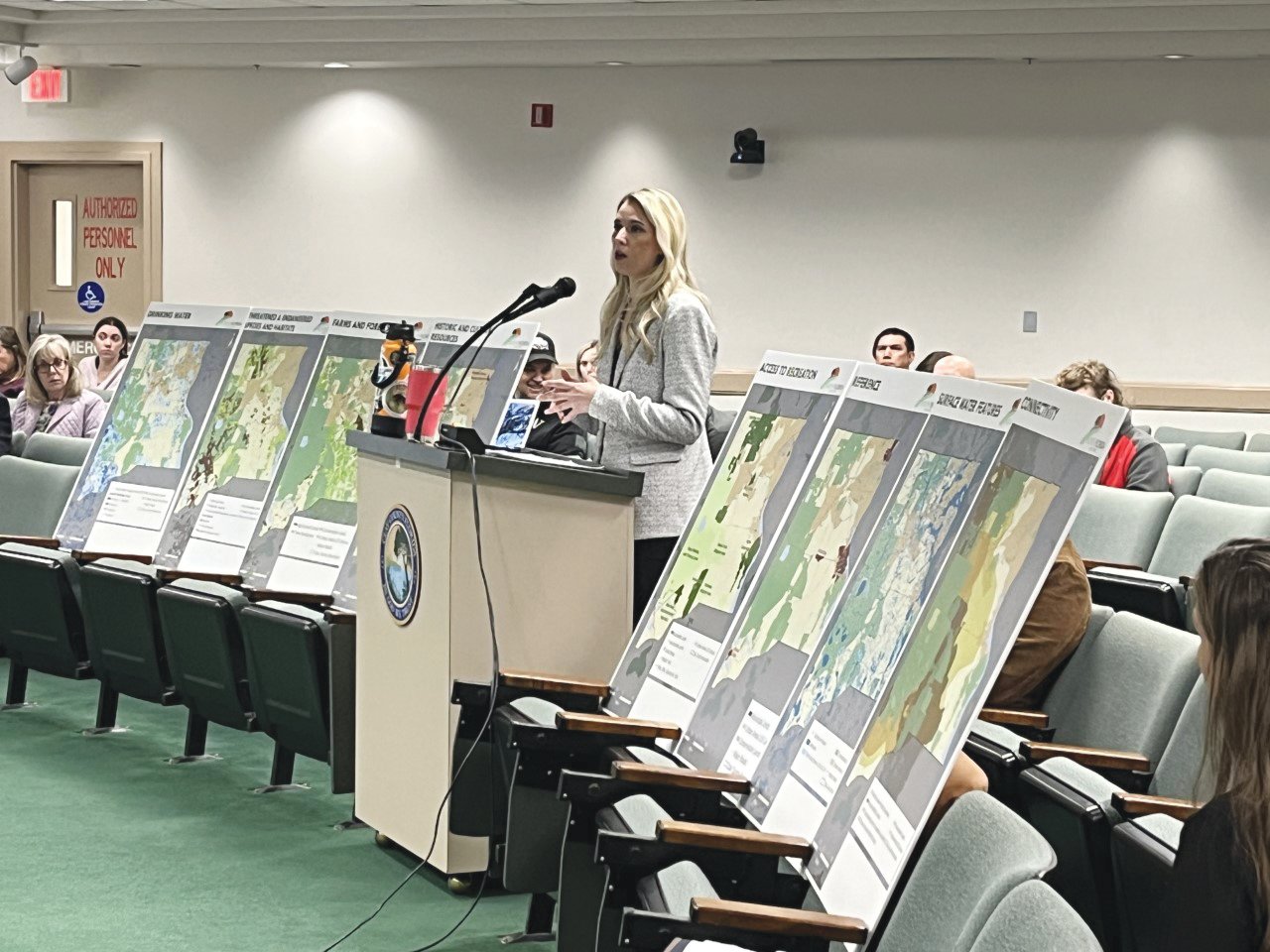Heather Nagy Protects Florida’s natural beauty through NFLT
ORANGE PARK – North Florida Land Trust bolstered its commitment to preserving Florida’s land and waterways by selecting Heather Nagy as its Community Conservation Coordinator.
She joined NFLT …
This item is available in full to subscribers.
Attention subscribers
To continue reading, you will need to either log in to your subscriber account, below, or purchase a new subscription.
Please log in to continueDon't have an ID?Print subscribersIf you're a print subscriber, but do not yet have an online account, click here to create one. Non-subscribersClick here to see your options for subscribing. Single day passYou also have the option of purchasing 24 hours of access, for $1.00. Click here to purchase a single day pass. |
Heather Nagy Protects Florida’s natural beauty through NFLT
ORANGE PARK – North Florida Land Trust bolstered its commitment to preserving Florida’s land and waterways by selecting Heather Nagy as its Community Conservation Coordinator.
She joined NFLT in 2020. It is a not-for-profit organization that protects and preserves natural resources, historical places, and working lands (farms and ranches) in Clay, Duval, St. Johns, Nassau, Baker, Putnam and Flagler counties.
Nagy moved to Orange Park to be closer to her boyfriend, who worked in Jacksonville. Coming from Tampa, she was happy to see more conservation opportunities here in northeast Florida than in the Tampa Bay area, which is already highly developed.
Nagy will become a powerful ally in helping to preserve Florida’s natural beauty and land assets through conservation and community planning. That includes protecting the habitats and species of wildlife in the state. The most gratifying part of her job, Nagy said, is finalizing a land conservation project and getting it permanently protected. The most challenging part is figuring out what land to conserve.
“I really enjoy working to conserve Florida’s unique and beautiful land spaces,” she said. “So many people want to move here for the warm weather and natural beauty, but that places pressure for development on our natural places. It’s critically important to conserve the land where possible, because once it’s gone, it’s gone.”
With a master’s degree in Environmental Management and knowledge of Geographic Information System software, which organizes and manages spatial data, she prioritizes areas most critical in conservation value. An example of one of these is water resources.
How does the North Florida Land Trust find properties to conserve and protect? One way is to focus on “willing sellers,” people who reach out to NFLT to help them preserve their property and ensure it’s not developed while living and even after death. Sometimes the property has been in a family for generations. That is often called a conservation “easement.”
Another way to acquire property is for NFLT to look for land with high potential conservation value and approach the owners or managers with a plan for putting it in NFLT. Nagy has also assisted with “facilitations” – helping a partner organization take ownership of land for conservation. She enjoys planning and working with conservation partners and groups.
Being a non-government, nonprofit organization, NFLT has to do some fundraising. Sometimes this is in the form of donations from individuals, corporations, local community foundations, and grants. NFLT can also apply for assistance from a federal agency such as the Natural Resources Conservation Services when it has open cycles for grant applications.
Clay County contracted with NFLT for land acquisition and development. Since 1999 when NFLT was founded, 28 Florida counties have passed 68 different referenda for land conservation programs,
Nagy said in 2021, NFLT joined a large coalition of organizations to form the South Atlantic Salt Marsh Initiative. This group has protected more than 4,000 acres of salt marshland. Its goal is to protect one million acres of salt marsh along the Southeast coastline from Northeast Florida to North Carolina. The SASMI coalition includes the Department of Defense and other state and federal organizations. The humble salt marsh, which very few people paid attention to until recent years, is a critical habitat for fish, birds, and other animals. Salt marshes support fishing, tourism, and other businesses vital to coastal economies.
They also protect coastlines from floods and storm surges and serve as a first line of defense for many coastal communities, including military installations. Salt marshes have even been found to store carbon and reduce the human carbon footprint. These vital tidal wetlands face threats from rising seas, polluted runoff, and poorly planned development.








